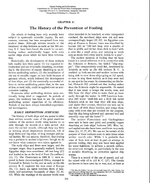
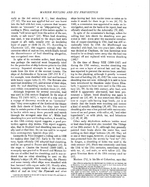
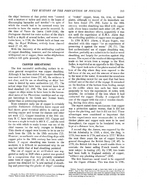
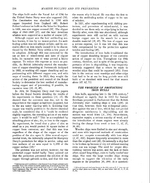
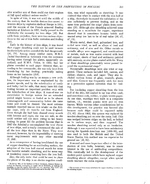 click to enlarge
click to enlargeIn McCarthy's Ship's Fastenings , the author states that lead sheathing was discontinued on British ships after around 1690. I am not sure exactly when the Spanish or other nations stopped using it, but it seems to me the presence of lead sheathing would generally indicate a date of construction prior to 1700.


